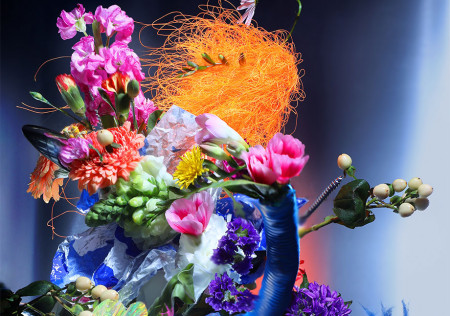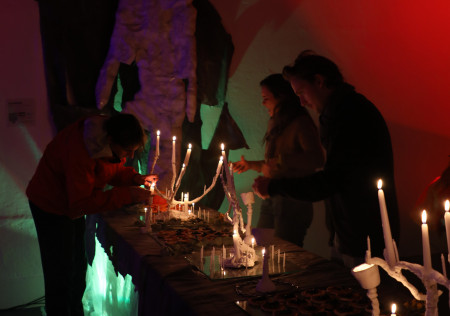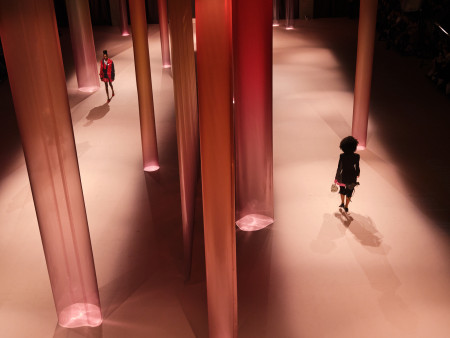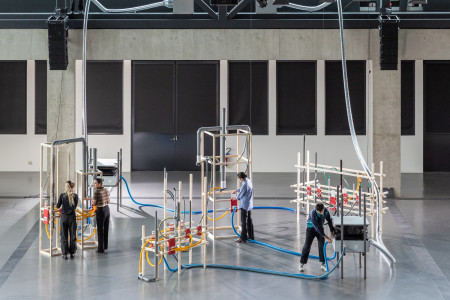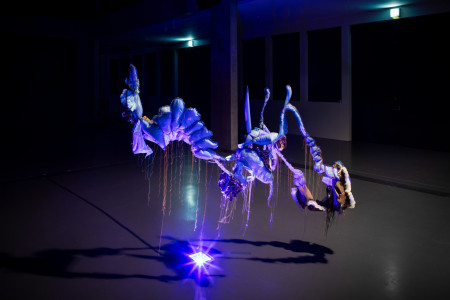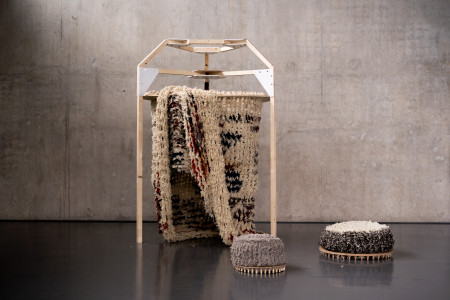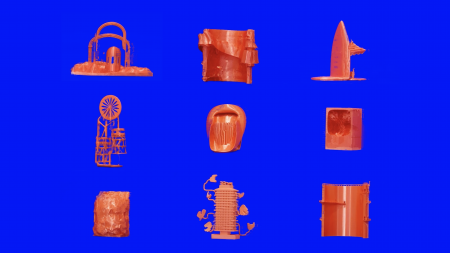- The school
- Studies and Research
- BACHELOR
- MASTER
- DOCTORATE
- RESEARCH
- TRANSDISCIPLINARITY
- POOLS
- CONTINUING EDUCATION
- Continuing education 2025-2026
- Artificial Intelligence, initiation
- Artificial Intelligence, Advanced
- Artificial intelligence open-source, ComfyUI
- Creative coding
- Engage with drawing
- Frame-by-frame animation
- 3D exhibition modeling in SketchUp
- 3D modeling, Blender
- Point cloud scanning
- Documentary podcast
- Serious games
- For students
- Studying at the HEAD
- InfoLab
- Living in Geneva
- Tuition fees and sholarship
- Library
- Regulations and instructions
- Projects
- Events
- Press
- Partnerships and prizes
Master Design Installation (Space and Communication)
2026 ADMISSIONS
- Register for the online information session here: Tuesday 03 February 2026 – 6:30 p.m.
- Saturday 17 January 2026 - Open day
- Monday 23 February and Tuesday 24 February 2026 - Portfolio reviews - Register
- All information and registration details here
The Master of Arts HES-SO in Design, Major in Design Installation, is an interdisciplinary program that pushes the boundaries of spatial design through experimental investigations and critical explorations. Students engage with a wide range of materials and media—such as film, objects, performance, sound, and video games—to create ambitious, meaningful design installations. The course is structured around a variety of studio projects, workshops, and external commissions, each offering students the chance to explore different disciplines and contexts. This diverse approach to design encourages students to engage with contemporary issues, including social, political, and environmental topics, through their work. By developing original projects and methodologies, students create unique design languages and forms of practice.
The program emphasizes personal approaches, fostering social exchange, collaboration, and interactivity as integral elements of practice-led research. It prepares graduates to work across a broad spectrum of industries, including design and media, scenography, exhibitions, public or retail environments, and art installations. Recent alumni of the program have gone on to establish successful careers in a variety of fields, founding design collectives such as Collectif Kimera, Trojans Collective, No_Matter, and Studio Tech, or pursuing brilliant individual practices in design and art.
In recognition of the program’s evolution and broader scope, the course has undergone a name change. Originally titled Space & Communication, the program was initially focused on scenography and signage practices. However, over the past sixteen years, the curriculum has expanded to include multimedia, photography, architecture, film, and performance. As a result, the program directors determined that the old name no longer accurately reflected the evolving focus. The new title, Design Installation, encapsulates the core areas of the program—spatial design and the production of installations—while inviting a broader dialogue on multi-media and transdisciplinary design. This shift reflects the program's commitment to preparing students for dynamic careers in a variety of design-related fields.
-------
Programme
Design Installation is a full-time two-year MA, which takes the form of a small cohort of students working in our designated studio spaces. The course is studio practice-based, encompassing workshops, theory, projects, seminars, external projects with partner institutions, and field trips run by world-renowned designers, architects, filmmakers, curators, and artists. The course’s dynamic and eclectic structure is complemented by an emphasis on autonomous research and development, during which you will be supported by programme tutors to form your own approach towards design.
YEAR 1
In the first year, you will receive formal training in core design methods, tools, and processes, as well as defining key themes that will become the basis of your personal practices. State-of-the-art workshops offer training in metal, wood, plastics, ceramics and 3D printing, while studios and editing rooms let you explore sound, light, construction, performance and film design.
YEAR 2
The second year focuses on personal research projects, culminating in two major works: a theoretical piece presented as a visual/physical thesis, and a practice-based 1:1 scale spatial project that can range across installation, media, performance, or any other form of design. This work is built and presented to the public in The Cube, HEAD’s 1,000sqm exhibition hall.
Studio practice workshops will see you participate in group projects run by design and art practitioners, in collaboration with partner institutions such as Arts at Cern, Salone del Mobile Milan, Valencia World Design Capital 2022, Ljubljana Biennial of Design 2024, The Natural History Museum in Geneva, The Design Film Festival at The Design Museum London, Le 104 Paris and GIFF Geneva International film festival.
Design Installation embraces the fluidity of design, equipping you with all the skills you need to freely move between disciplines, growing your design practice into the future.
------------------------------------------------------------------------------------------------------------
Acees the Master website : www.design-installation.com (formerly www.maspaceandcommunication.com)
------------------------------------------------------------------------------------------------------------
Head of Department
Assistants
Teaching staff
Invited speakers
Tanguy Benoit, Jordi Canudas, Noémi Castella, Matali Crasset, Inma Femenía, Axelle Grégoire, Tristan Kobler, Hsuan Lee, Malak Mebkhout, Tania Messell, Noémi Michel, Monstrous Feminine Collective, Trojans Collective, Pfliegerfoegle, Sébastien Quéquet, La Ribot, Sereina Rothenberg, Reem Saleh, Solveig Suess, Yarza Twins, Ugly Design
Degree awarded:
Master of Arts HES-SO in Design, major in Design Installation (Space and Communication)

